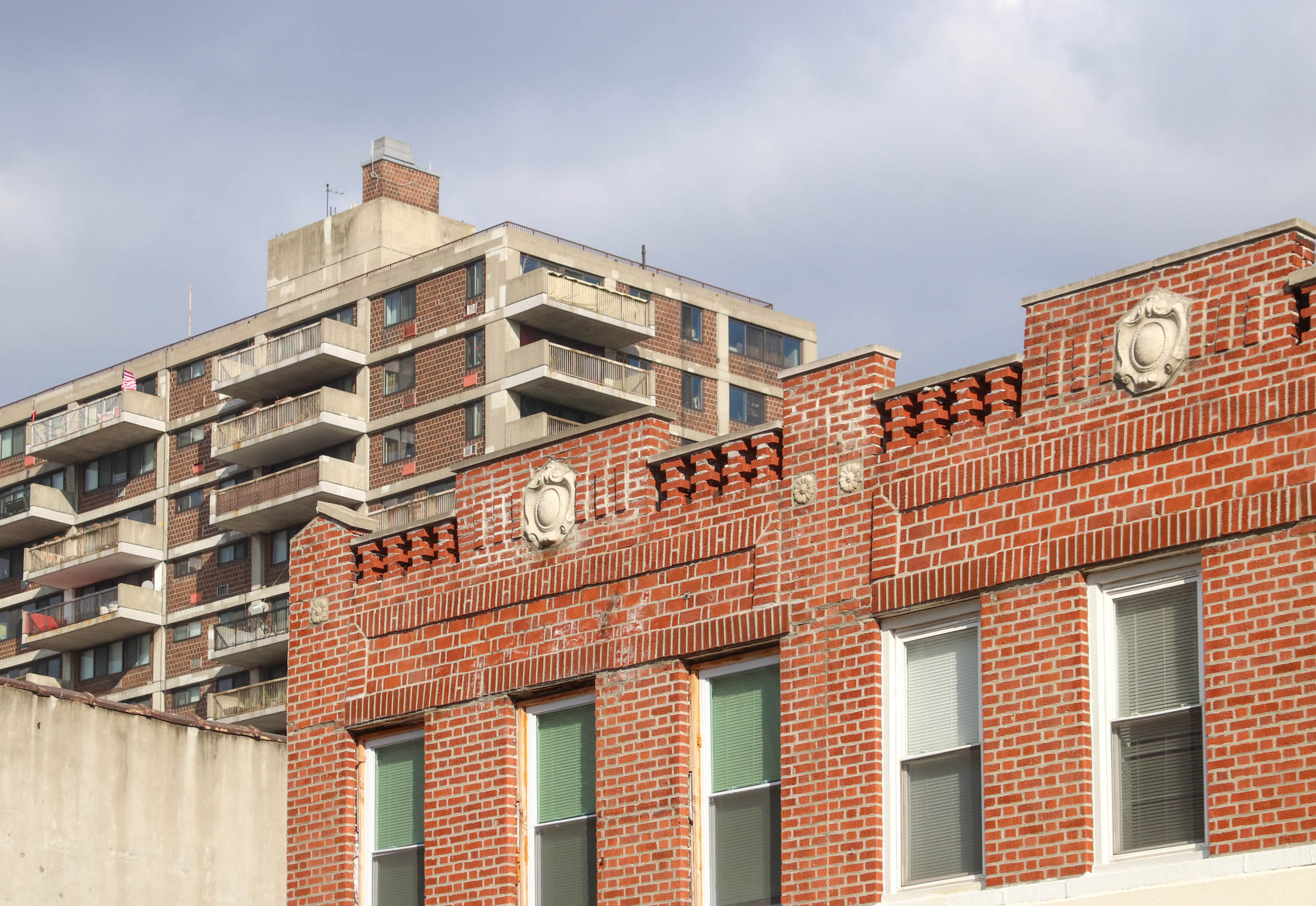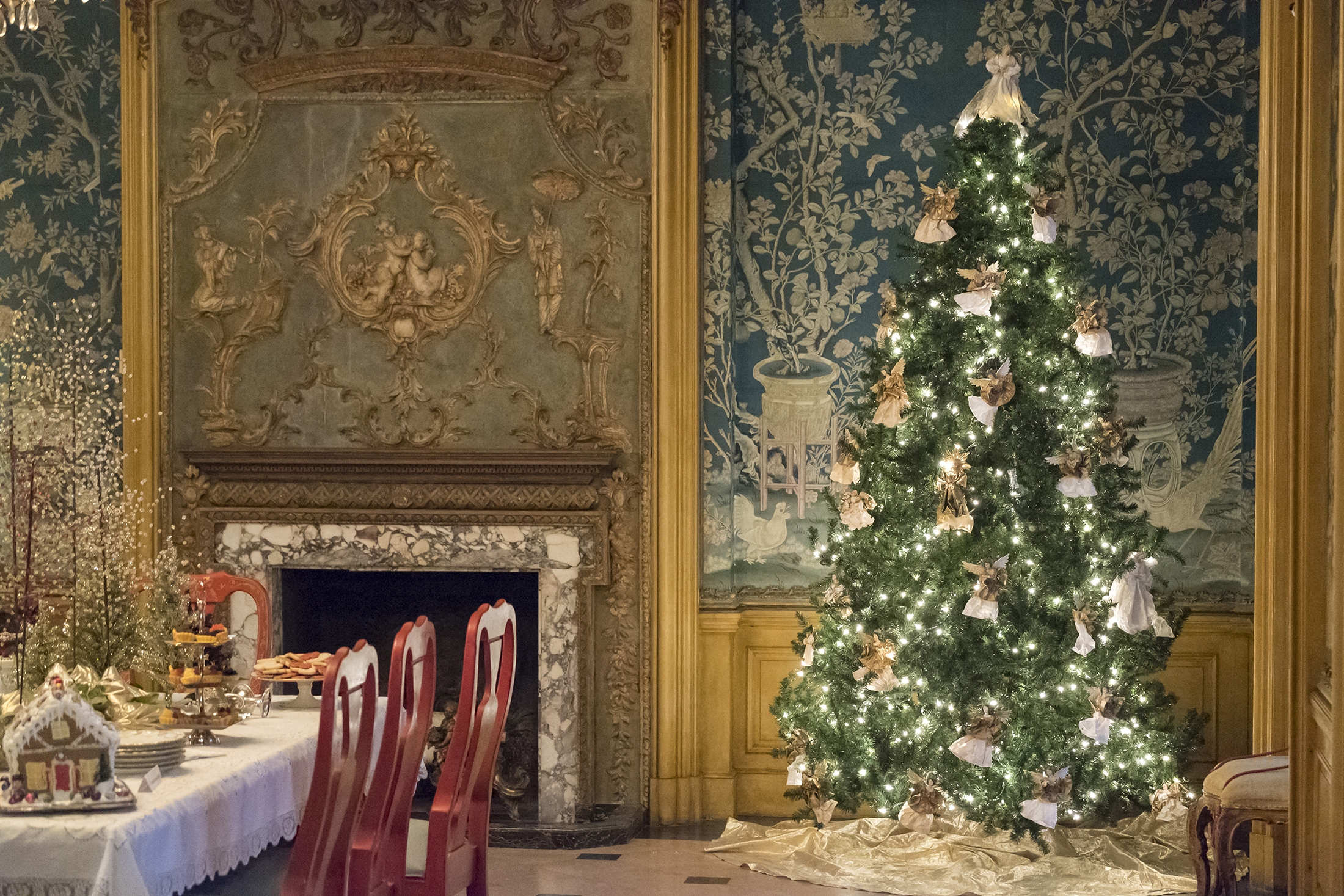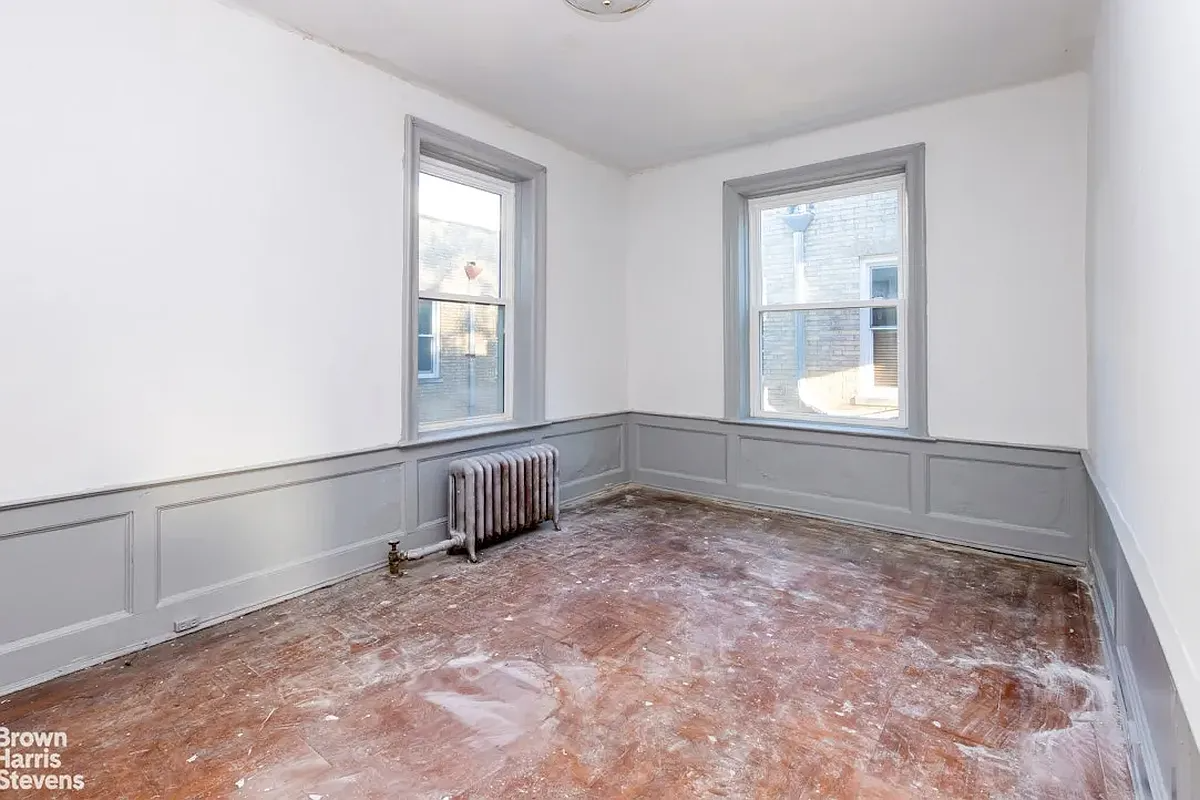Little Boxes, Big Slums
So what happens when McMansions all over the country are downgraded in status and price to the dollar menu? According to an article in The Atlantic, it means we’re witnessing a huge shift in where Americans are choosing to live. The piece, by Brookings Institution fellow/Arcadia Land Company honcho Christopher B. Leinberger, racks up fact…


So what happens when McMansions all over the country are downgraded in status and price to the dollar menu? According to an article in The Atlantic, it means we’re witnessing a huge shift in where Americans are choosing to live. The piece, by Brookings Institution fellow/Arcadia Land Company honcho Christopher B. Leinberger, racks up fact after fact to support the theory that the suburbanization of the U.S. has run its course:
For 60 years, Americans have pushed steadily into the suburbs, transforming the landscape and (until recently) leaving cities behind. But today the pendulum is swinging back toward urban living, and there are many reasons to believe this swing will continue. As it does, many low-density suburbs and McMansion subdivisions, including some that are lovely and affluent today, may become what inner cities became in the 1960s and ’70s—slums characterized by poverty, crime, and decay.
Leinberger argues that as cities have increased in cachet over the past decade or so, builders have gone gangbusters on the suburbs, leading to overdevelopment in non-urban areas and huge price premiums in our cities. One demographer he cites forecasts a “likely surplus of 22 million large-lot homes forecasts a likely surplus of 22 million large-lot homes (houses built on a sixth of an acre or more) by 2025—that’s roughly 40 percent of the large-lot homes in existence today.” There are plenty of good reasons to believe cities—and manufactured, urban-esque “lifestyle centers” outside of cities that include walkable streets and retail clusters—will only continue to grow in popularity. For example, Leinberger notes that by 2025 there will be an equal number of single-person households as families with children. The whole article is well worth a read, though it oddly doesn’t address the possible racial ramifications of a suburbia-as-slum/cities-of-gold cultural shift. Still and all, it’s a sobering look at how the McMansion developments of today may be the poverty-stricken badlands of tomorrow.
The Next Slum? [The Atlantic]
Photo by bob.





6.02 – as an alien from a country where all houses have pitched roofs, including the victorian era ones, can you enlighten me as to why flat roofs were so popular in NYC where it rains plenty?
Two words: Great Room. The room de jour in any McMansion. Two or more stories of soaring space that makes even the largest furniture look small and puny, needs scaffolding to clean the windows or change a lightbulb, and costs the GNP of a small country to heat.
Great for faux painters, interior decorators and scaffold rentals. Useless for anyone else. Someday, historians will look back and wonder how large these families were, and ask why everyone had to be King and Queen of an actual castle. Amazing waste.
Preservationista
Some of my relatives and friends bought those macmansions. They aren’t in danger of foreclosing except maybe one of them. When they were buying I thought it was crazy they were buying 4000-5000 SF for a family of three. They talk about entertaining when they buy the place but they never do except the first 6 months of buying the place.
Now when I see them, big part of the conversation is how expensive it is to heat their homes and how hard it is to clean their place. When you visit them it’s so cold you have to leave your jacket on. Why the hell would you live like that?
When we bought our 1000SF apartment back in 2001,all of my suburban friends and family laughed to our faces. They said we were stupid to pay half a million on an old dump. Our place is worth much more than theirs now.
People from suburbs like Brooklyn and Westchester frequently come into Manhattan to consume culture, as well as to earn a paycheck.
i live in manhattan.
“rarely have I ever been to the New York Philharmonic when it isn’t sold out (I go about 10-15 times a year).”
People from suburbs like Brooklyn and Westchester frequently come into Manhattan to consume culture, as well as to earn a paycheck.
I have a triplex that contains a private dog-run. I make an all-cash income from the dog-owners in the neighborhood. I, too, have a massive porn collection.
What i can’t figure out is the person at 11:45 who says crime is becoming an issue in brooklyn. Having been a Law enforcement officer in Brooklyn i never seen Crime this low ever! also more and more of those that commited crimes in the past have moved out of NYC. Guess where they moved (suburbia) why? Cheaper housing
I have a 25 X 125 five story brownstone with CAC and HVAC. My poodles live there while I travel on business extensively. The simpleton down the block feeds them daily.
i bought an old shoe factory and converted it into a one family that sits vacant.